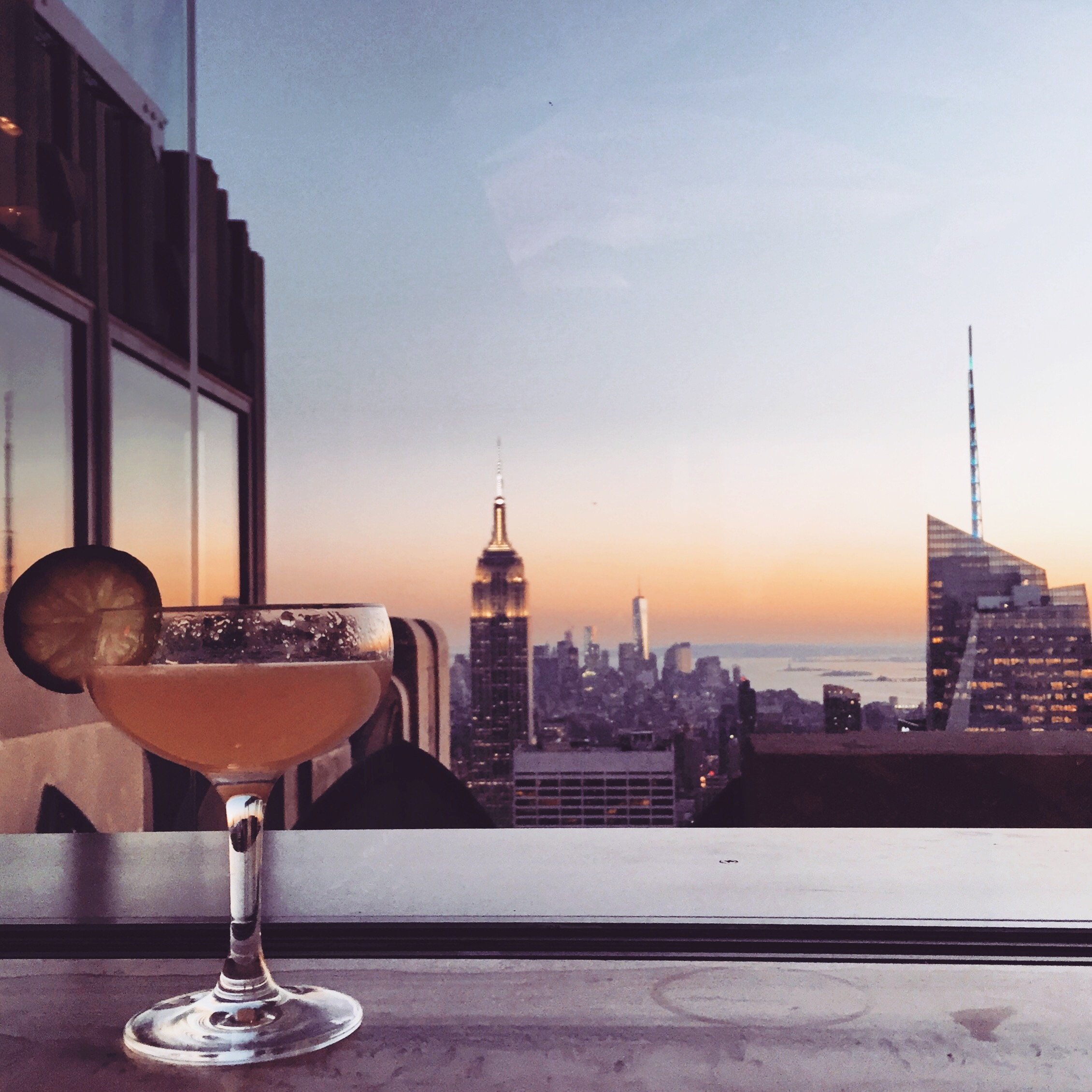“You need a strong stomach when you visit the Colosseum,” our guide Illaria warns as we make our way towards the 4000-year-old hunk of rock in the middle of Rome.
She’s not wrong: during our two-hour visit, we hear such tales of bloodthirsty horror, I almost need to lie down. But there’s a reason the Colosseum is the second most visited spot in the Eternal City (after the Vatican). And that’s because of the fascinating – but grim – history that lies within its crumbling stone walls.
Rome has many layers: Renaissance, Baroque, Christian and modern. But to many of us, the Italian capital will always be about gladiators, chariots and bloody battles. That’s probably why more than six million people a year cross the Tiber River to visit this monument.
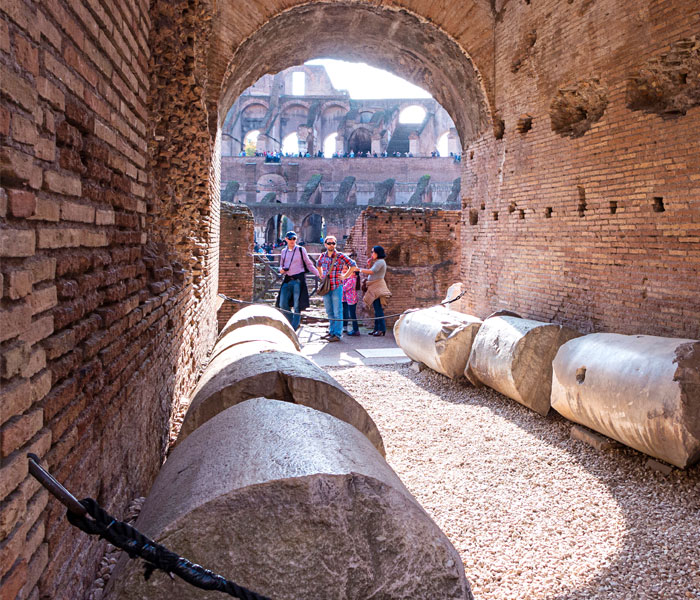
One of the many tunnels leading to the amphitheatre.
In fact, the last time I was in Rome, I spent two hours queuing to get into the Colosseum, only to tire of the crowds and leave before seeing most of it. Today, though, we’re lucky: it’s late autumn and the throng of tourists has thinned. Plus, thanks to the magic of our escorted tour, we’re able to bypass the queues and sweep right on in.
Built when the Roman Empire was at its peak, the Colosseum was named the Flavian Amphitheatre because it was constructed by emperors of the Flavian dynasty. It was completed in 82 AD and still holds the Guinness World Record for the world’s largest amphitheatre.
Ilaria tells us that when killing became a spectator sport, the Romans wanted as many people as possible to enjoy the deaths. So they opened up the Colossuem for all sorts of hideous battles between gladiators and animals, lions and elephants and women and dwarfs. All were cheered on by around 70,000 spectators.
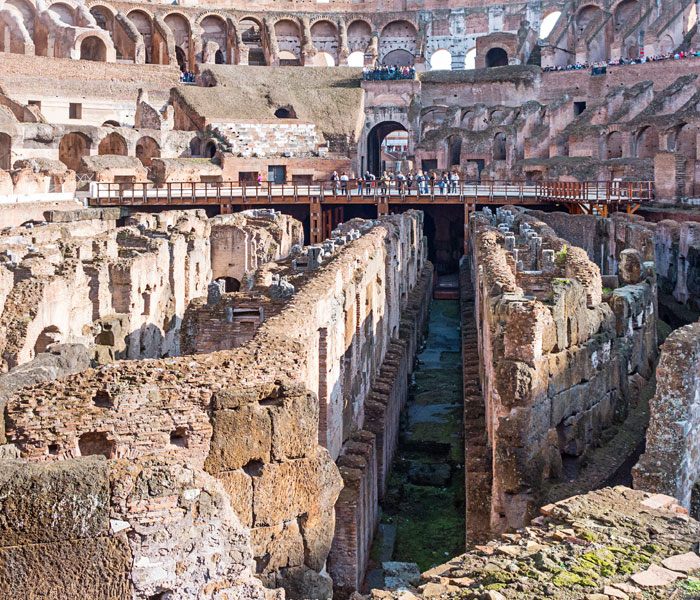
Beneath the amphitheatre was the hypogeum, a subterranean network of tunnels and animal pens.
“When the Colosseum first opened in 80 AD, Emperor Titus threw an opening party that lasted more than 100 days,” Illaria tells us. “More than 5000 animals were slaughtered during the opening celebrations, including lions, leopards, elephants and bears. In fact, the native elephant and lion of North Africa and Arabia are now extinct thanks to this perverse ‘entertainment’.”
Thankfully, after the fall of the Roman Empire, such spectacles were banned. The Colosseum became a quarry, with much of its stone and marble carted away to build ornate palazzo.
By now, we’re in need of some light relief, so Ilaria diverts our attention with tales of the recent multi-million Euro cleaning that removed years of grime from the ancient building.
“The pollution from traffic-clogged streets had badly blackened the stone, but this latest restoration has restored the Colosseum to its former glory,” she says.
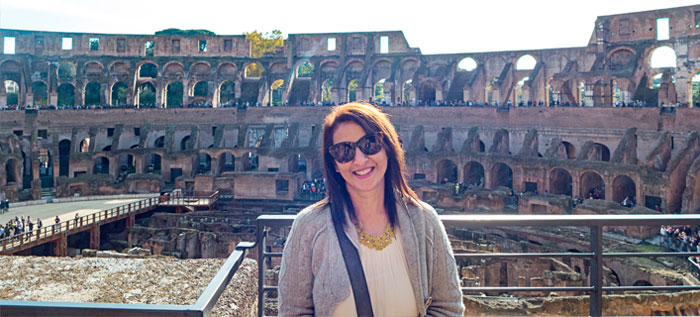
A coffee and cornetto break is just what’s called for after Sharon’s walk around the ruins.
A toga’s throw from here is the Roman Forum, a sprawl of ruins that was once the centre of the Mediterranean world. Ilaria points out the spot where Mark Antony called on friends, Romans and countrymen, as well as the surprisingly unremarkable tomb of Julius Caesar.
I wish I could say the morning’s barbaric tales had put me off my food, but by now my tummy is rumbling so we head to a nearby café for coffee and a cornetto, the highly addictive combo of pastry and custard Italians love for breakfast.
It’s hard to fathom why the ancient Romans wanted to watch such “contests” but, as the barista who makes my coffee says, Rome was a different time and place back then.
“That doesn’t make it right, but I guess they didn’t know any better.”
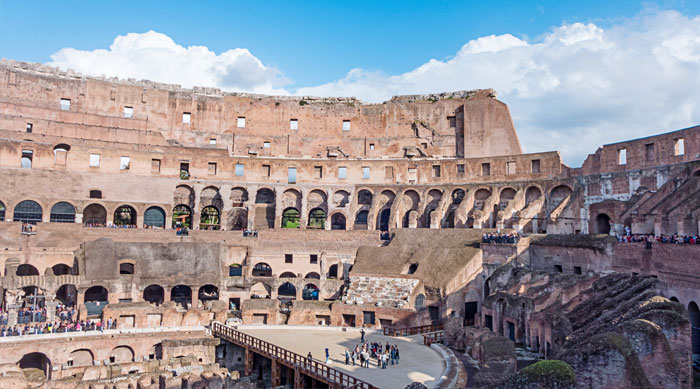
An insider’s guide to… the Colosseum
The best way to see the Colosseum: Bypass the queues with an expert guide provided by Insight Vacations’ Best of Italy 10-day escorted tour.
What to drink: An Aperol Spritz, a popular Italian aperitif made with Prosecco wine, soda water and a dash of Aperol liqueur.
The best place to drink it: At Gran Caffe Rossi Martini, which offers stunning views over the Colosseum. Naturally, you will have to dig deep as the prices reflect the location!
For more from New Zealand Woman’s Weekly, visit our Facebook page, and follow us on Instagram.

